In golf, many people focus on the distance of the drive and the stability of the long club, but overlook the importance of the short club. In fact, a few cuts on the edge of the green often directly determine the final score. Even if your drive is far enough and accurate enough in direction, if the cut is not stable, the ball cannot stop smoothly at the ideal position, and the difficulty of putting will increase several times.
For beginners, chipping often brings confusion: Should the wrist be bent? Should one aim at the hole or the landing point? What are the differences between the two playing styles? Will wearing gloves affect the hand feel? In addition, the choice of tools and training methods also make people hesitate. This article will focus on these key issues, covering everything from the key points of the movements to the practice tools, to help you gradually establish stable chipping techniques.

The Basic Movements And Key Points Of Chipping
1. Should I bend my wrists when chipping?
During the chipping process, the stability of the wrist determines the consistency of the hit. Many beginners tend to incorporate excessive wrist flips or bends during their movements, which can cause changes in the Angle of the club face and make the flight trajectory of the ball uncontrollable. The correct approach is to keep the wrist relatively fixed and, when swinging, rely on the movement of the body and arms to complete the hit.
When you keep your wrist stable, the touch of chipping the ball will be more consistent and the landing point of the ball will be easier to predict. This is particularly important for those who want to quickly improve their chipping skills.
2. Where to aim when chipping?
Aiming is one of the keys to chipping. Most beginners' intuition is to aim at the hole, but in practice, a more reasonable approach is to aim at the landing point. You need to first assess the slope of the green and the speed of the turf, then decide where the ball should land first, and finally let it roll naturally into the target range.
For instance, on a flat green, you can place the landing point closer to the hole to make the ball roll more. On a green with a steeper slope, the landing point may need to be set further away so that the ball can roll smoothly towards the target. Learning to control the landing point is often more effective than simply aiming at the entrance of the hole.

3. The two methods of chipping
Chipping is not a single action, it involves various playing styles. The two most common ones are:
- Bump and run: The ball flies at a relatively low altitude and mainly moves forward by rolling after landing. This playing style is simple and easy to control, and is particularly suitable for flat greens or open Spaces.
- Lofted chip: The ball flies higher and rolls for a short distance after landing. It is usually used when it needs to overcome obstacles or when the slope of the green is large.
Mastering these two methods will enable you to flexibly adjust your chipping style according to the ball position and green conditions, and avoid being confined by a single playing style.
4. Should I wear a glove while chipping?
Whether to wear gloves when chipping or not is actually a personal choice. Some players are accustomed to not wearing gloves in order to obtain a more direct touch and more delicate control. While some other players chose to continue wearing gloves to maintain consistency with their other chipping movements.
If you are a beginner, you can try two methods: feel the touch of the ball without wearing gloves during training, and then wear gloves when actually playing. See which method is more natural and stable. Finding your own comfortable choice is more important than blindly imitating others.

How To Use a Chipper In Golf For Beginners?
A chipper is a type of club specifically designed for short clubs. Its shape is similar to that of a putter, but the Angle of the club face is larger. For beginners, it is a good helper to reduce mistakes.
- Usage method: The grip and standing posture are similar to putting. Keep your body stable and perform small and concise movements. By gently "pushing", make the ball fly up and roll.
- Applicable scenarios: Edge of the green, short grass area, especially when it is necessary to make the ball land and roll quickly, the effect is particularly obvious.
- Common misconception: Some people use chippers as irons and hit the ball with large swings, which is more likely to cause mistakes. The correct approach is to operate with the mindset of a putter and keep the movements simple.
For beginners who are afraid of chipping thick or chipping thin, chipper can reduce the operational difficulty and make the chipping process more intuitive.

How To Practice With a Chipping Net?
If you want to improve your chipping skills in a short period of time, repeated practice is the only way. The chipping net, on the other hand, offers an efficient and convenient training approach. Whether you are in the yard, on the balcony or in a spacious indoor area, you can use it for practice.
1. Practice method: Start from close range and gradually increase the difficulty of chipping the ball. By using different target positions on the slicer net, one can practice accuracy and landing point control.
2. Key points of practice: Not only should you strive to hit the ball into the net, but also pay attention to whether your movements are correct and whether your shots are stable.
3. Avoid the misconception: Simply "chipping the target hard" won't improve your level. You need to practice with a purpose in mind, such as controlling the landing point of the ball and adjusting different chipping angles.

By the way, how to fold pop up chipping net is also important.
Most chipping nets adopt a pop-up design, which is convenient to use. However, when storing them, some skills also need to be mastered:
1. Fold the chipping net in half and press it flat.
2. Gently twist it into an "8" shape.
3. After merging and stacking, put them in the storage bag.
When storing, do not apply excessive force to avoid deformation of the support rods. In addition, keep the mesh surface dry before storage, which can extend its service life.
Final Words
Chipping is the part in golf that best reflects technical details and is also the fastest breakthrough for beginners to improve. To play short shots well, one should start with the basic movements: keep the wrist stable, learn to aim at the landing point, and be familiar with the two playing styles of low fly long roll and high throw short stop. Secondly, you can make reasonable use of tools. For instance, chipper helps you reduce mistakes, and the chipper net enables you to practice efficiently in a limited space.
Only through continuous practice and gradually establishing a stable movement pattern can one truly have a clear understanding at the edge of the green. When your cuts become more and more stable, the pressure on your putting will be greatly reduced, and your performance will naturally improve as well.

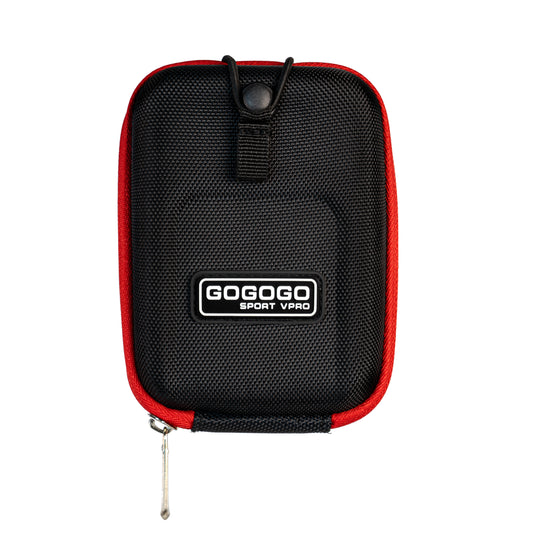
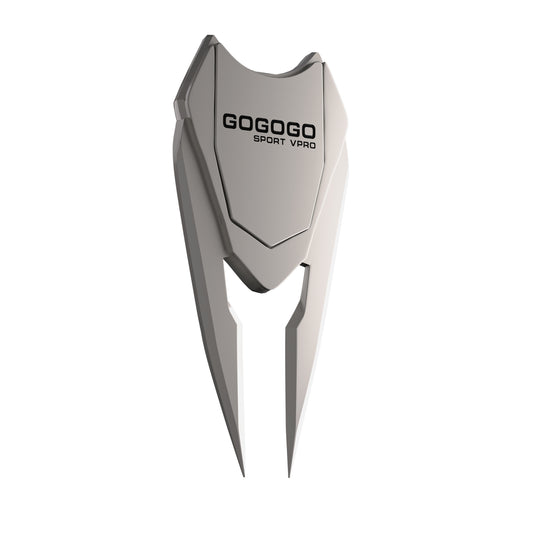
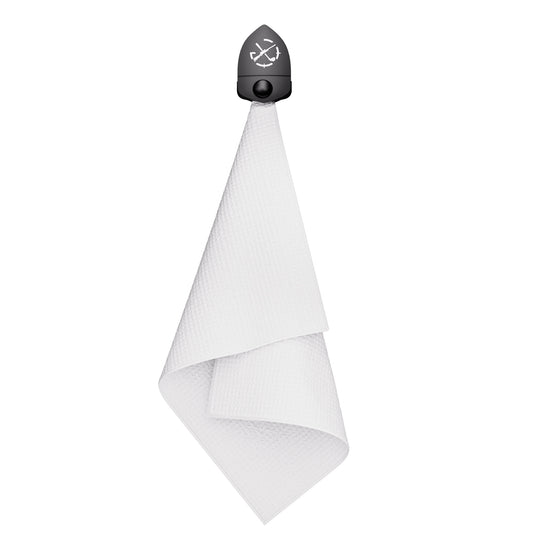
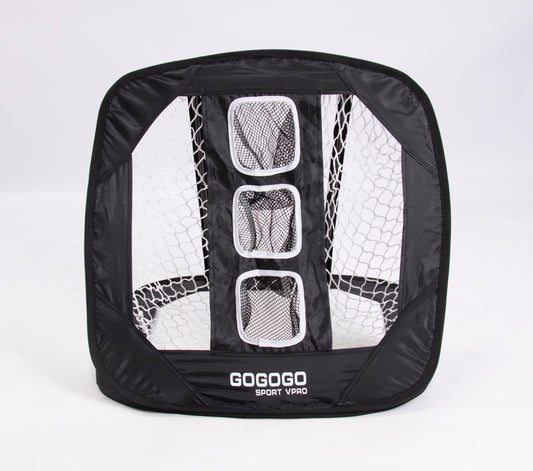
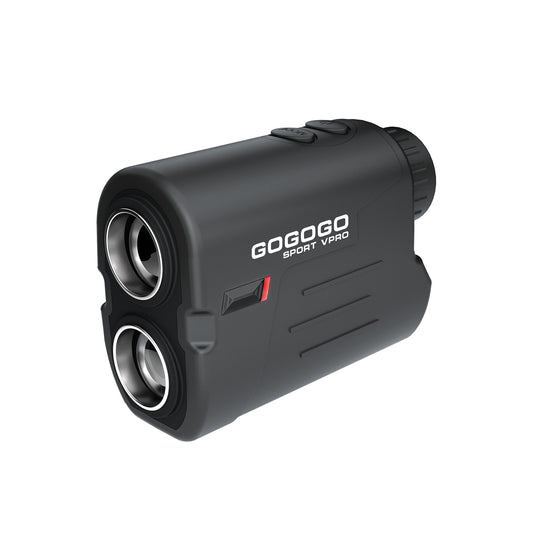
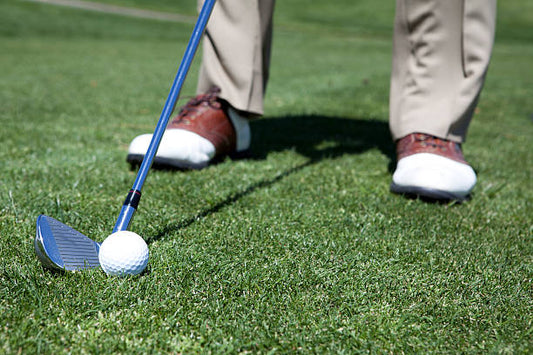
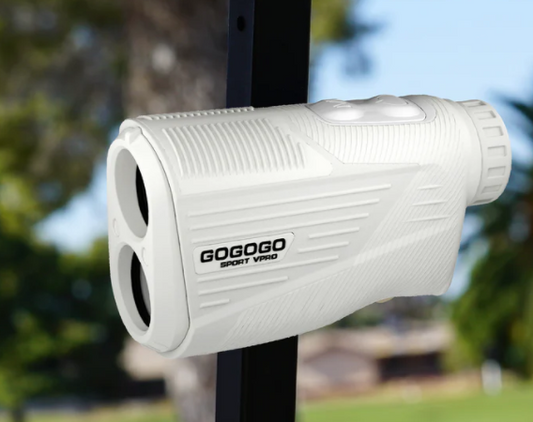
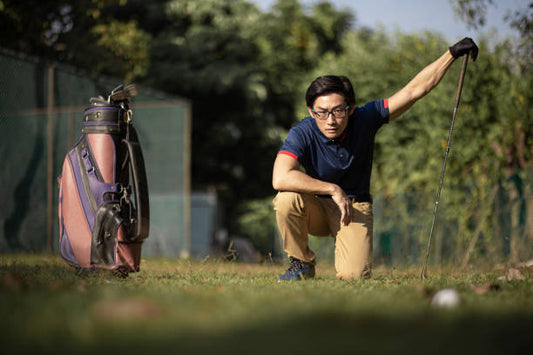
![[2025] The Ultimate Guide to Pinseeker Rangefinders for Golfers](http://gogogosport.com/cdn/shop/articles/gogogo_sport_vpro_pinseeker_rangefinder.png?v=1757993796&width=533)